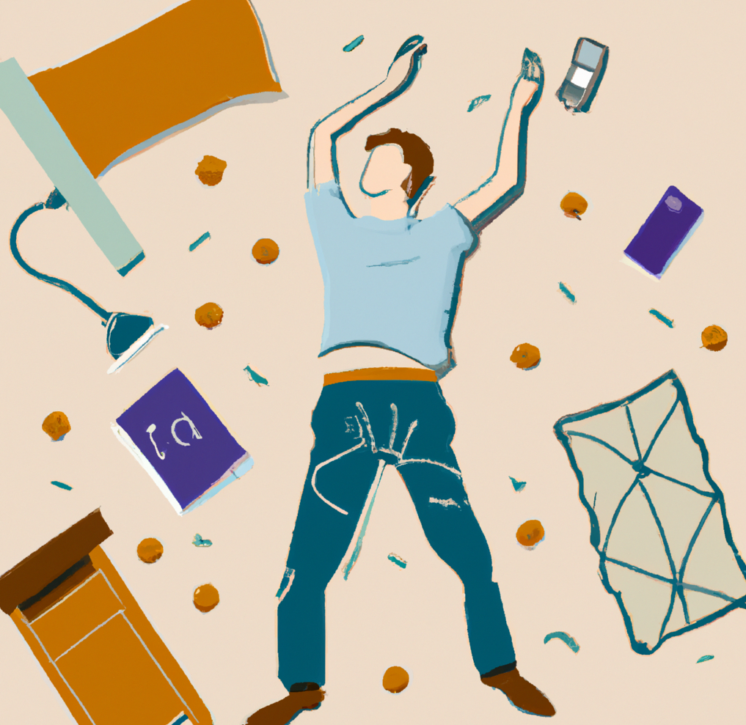The use of psychoactive substances, particularly those with a depressive impact on the central nervous system (CNS), frequently culminates in the loss of consciousness. Concurrently, nausea and vomiting are also commonly observed. This combination is highly perilous.
An individual in a state of oblivion is unable to respond to their surroundings, and their unconditional reflexes are further suppressed by the effects of the substance and the state of unconsciousness. If a person is lying supine, vomit easily enters the respiratory tract, obstructing it and resulting in suffocation. This unfair and senseless mechanism causes countless deaths worldwide.
It is of paramount importance to be familiar with and able to execute a simple method of preventing suffocation in such scenarios – the recovery position. It has the potential to save both loved ones and oneself.
The recovery position, a crucial component of first aid for overdoses, is the body positioning in which an unconscious individual with breathing should be placed to eliminate the risk of choking on vomit. In this article, we will focus only on situations like this.
There exist various postures for recovery, but their overarching purpose is as follows:
- The individual’s mouth should be directed downward, towards the floor, to facilitate the uninhibited flow of liquids from the esophagus, respiratory tract, and oral cavity.
- The chin is retracted and secured to open the epiglottis and, in turn, the mouth.
- The individual’s limbs and furnishings are positioned to prevent rolling over.
One example of a classic recovery posture is demonstrated in the following video, which succinctly and clearly illustrates the proper method for positioning an unconscious person:
If you encounter an unconscious individual who has consumed a substance and is breathing but has not sustained any injuries, the following steps should be taken:
- Carefully move the person onto a hard, flat surface if they are not already on one.
- Kneel beside the person. Put aside everything that can interfere with you or will interfere with an unconscious person.
- Extend the person’s closest hand at a right angle to their body, with the palm facing upward.
- Take the other hand, gently bend it and place it under the closest cheek. Hold it in this position.
- Using your free hand, bend the person’s furthest leg at the knee.
- Gently, without haste or sudden movements, roll the person onto their side by pulling on the bent knee. This should not be difficult, as the bent leg will act as a lever.
- The bent arm will serve as a support for the head, while the extended arm at a right angle will prevent the person from rolling onto their stomach.
- The leg bent at the knee should also be at a right angle to the person’s body.
- Gently tilt the person’s head back to open their airway.
- Retract the chin and ensure that nothing is obstructing breathing. If necessary, gently clean the oral cavity.
- Remain with the person until help arrives.
It is imperative that those who use or may be in proximity to individuals who use substances from the category of depressants, such as opioids, benzodiazepines, tranquilizers, barbiturates, anesthetics, sedatives, anticonvulsants, and alcohol, are familiar with the recovery posture. This is especially crucial when combining these CNS depressants with other groups of psychoactive substances, as this often leads to sudden loss of consciousness and vomiting.
Additionally, if an individual or someone nearby experiences nausea or has already begun to vomit while under the influence of a substance, and demonstrates symptoms such as sedation, drowsiness, and heaviness in movements and thoughts, it is crucial to immediately attempt to assume the recovery posture or ask for assistance in doing so. Do not delay or fall asleep on the back, as this should be the top priority upon realizing the situation. Utilize surrounding objects, such as the back of a sofa or pillows, or your own body, to maintain a stable position on your side in the event of loss of consciousness.
That’s all for today.
If you think that something needs to be added or corrected in this article, please do not hesitate to reach out to me. I am always open to dialogue.
I hope this article was helpful. If you would like to support the development of this blog, please consider the following actions:
- Subscribe to my social media accounts.
- Share a link to this article with your friends.
- Mention this blog on relevant resources or in chat groups.
Thank you for your time and attention 🧎♂️




